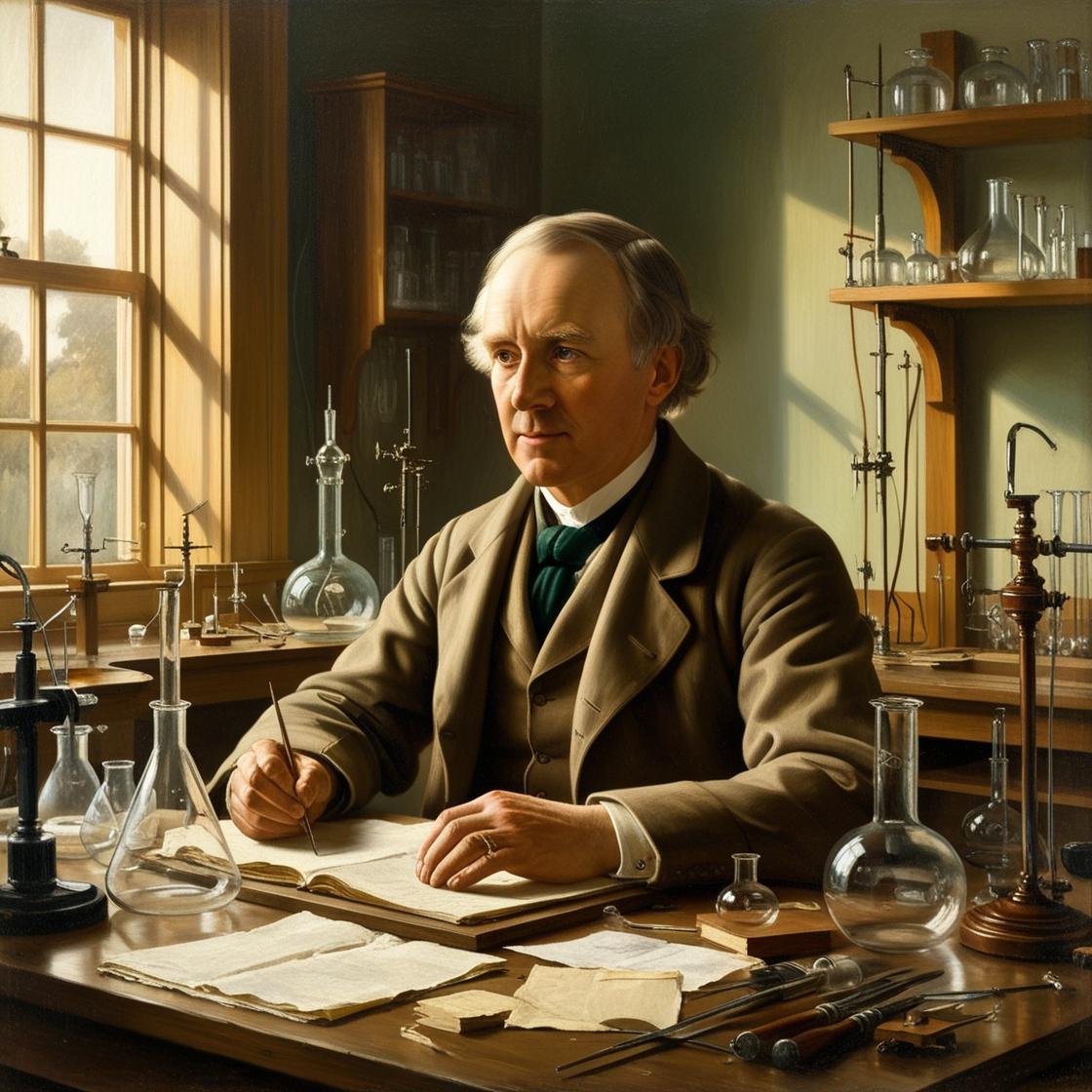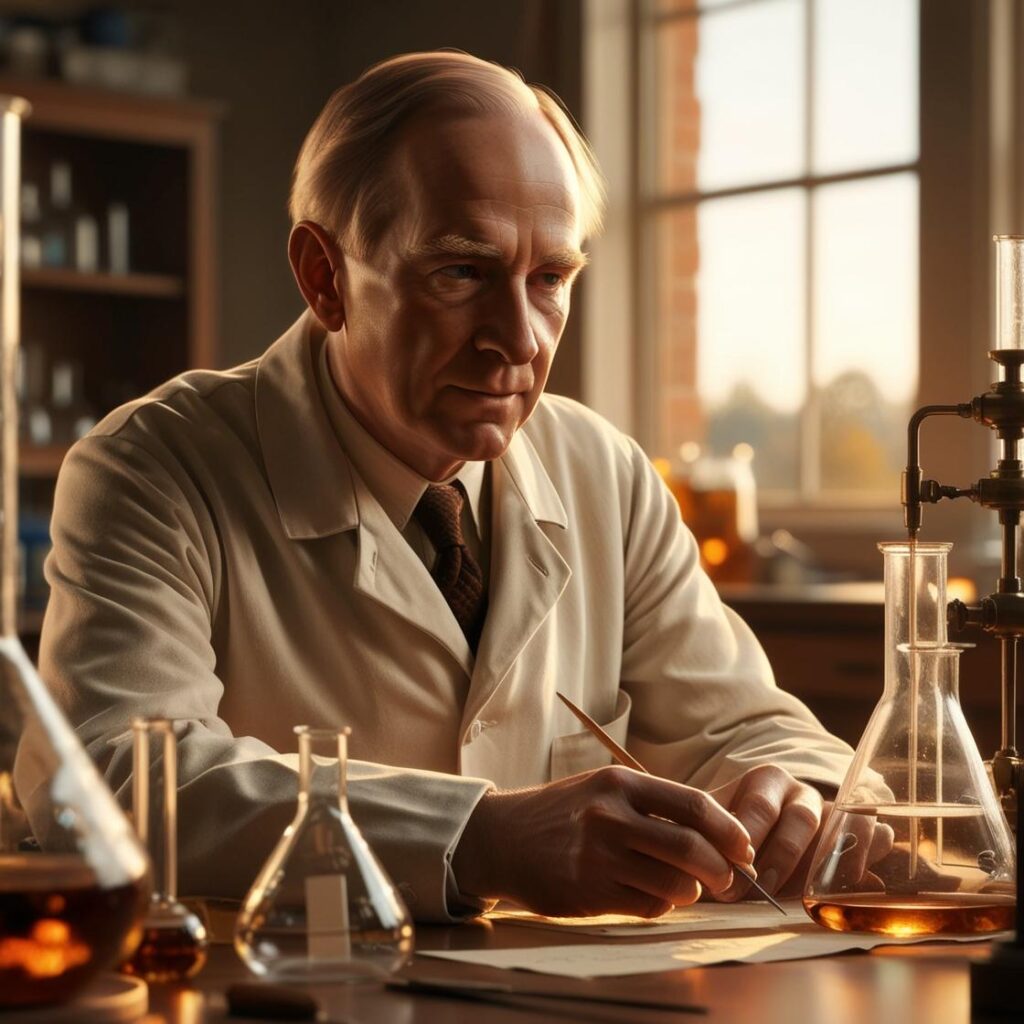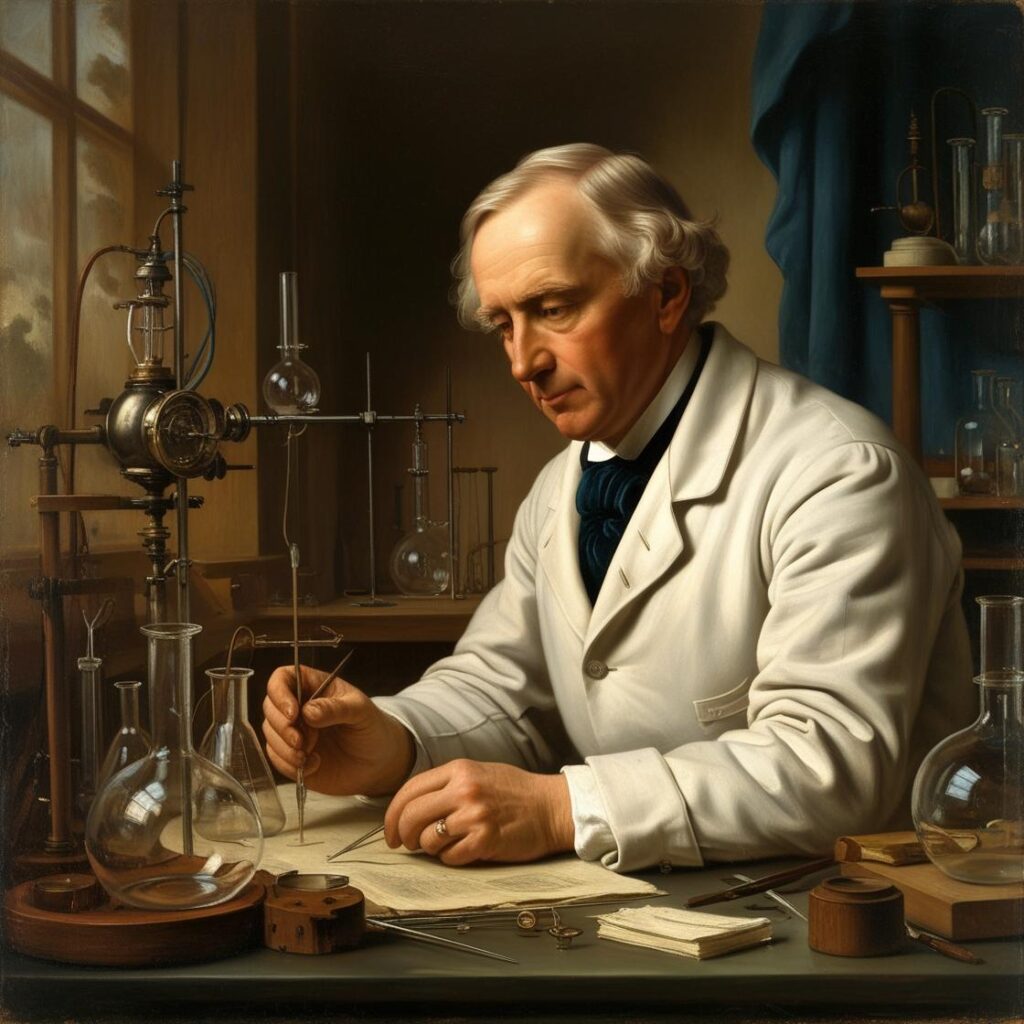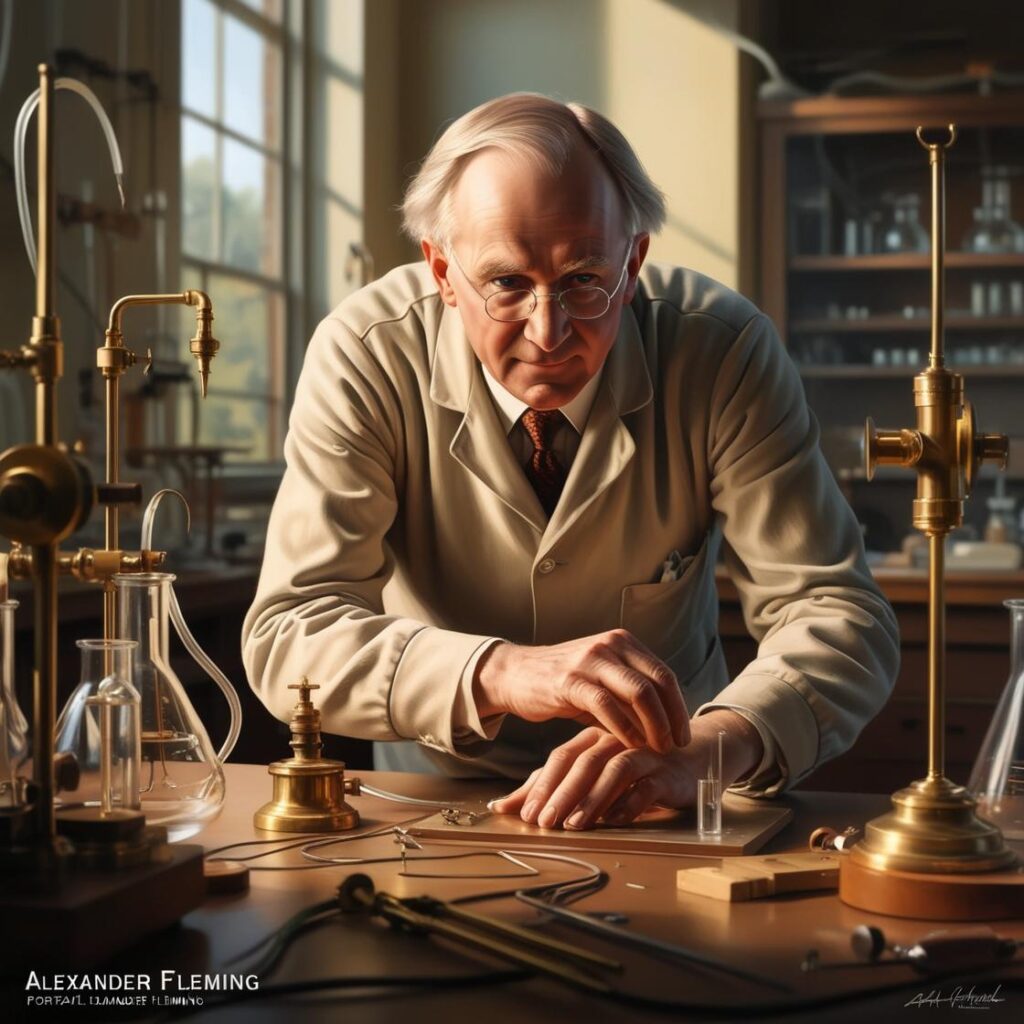
Introduction
The accidental invention of penicillin remains one of the most remarkable breakthroughs in medical history.
Penicillin, discovered by Alexander Fleming in 1928, marked the dawn of the antibiotic era and revolutionized the treatment of bacterial infections.
Before its discovery, common infections often led to severe complications and death.
The chance observation of a mold that killed bacteria paved the way for a drug that has saved countless lives.
This article delves into the story behind penicillin, its impact on medicine, and the challenges faced in its development and production, highlighting its enduring legacy in modern healthcare.
The State of Medicine Before Penicillin: A World at Risk
Before penicillin, bacterial infections posed a severe threat to public health.
Diseases like pneumonia, tuberculosis, and sepsis claimed millions of lives annually.
Medical treatments were limited, relying on remedies like herbal concoctions and risky surgical procedures.
Without antibiotics, minor injuries could turn deadly due to infections.
Surgeries were perilous, often resulting in post-operative infections that doctors struggled to treat.
The lack of effective medications left people vulnerable, highlighting the dire need for a solution.
The discovery of penicillin came at a time when humanity desperately needed a breakthrough to combat the rising tide of bacterial infections.
Also Read: The Surprising History of the Wheel: Early Uses and Development

Alexander Fleming: The Man Behind the Discovery
Alexander Fleming, a Scottish bacteriologist, played a pivotal role in discovering penicillin.
Born in 1881, Fleming pursued a career in medicine, eventually focusing on bacteriology.
His early research centered on understanding how to fight bacterial infections.
He worked at St. Mary’s Hospital in London, where he conducted studies on bacteria and searched for ways to eliminate harmful pathogens.
Fleming’s meticulous nature and keen observation skills set the stage for the accidental yet groundbreaking discovery of penicillin.
The environment at the time fostered scientific curiosity, paving the way for unexpected advancements in medical research.
Also Read: How the Printing Press Revolutionized Knowledge Sharing
The Accidental Discovery: How Penicillin Was Found
In 1928, Fleming made a serendipitous discovery that changed the course of medicine.
He noticed a mold, Penicillium notatum, growing on a petri dish, killing the surrounding bacteria.
Fleming realized the mold produced a substance that could destroy bacteria, leading to the identification of penicillin.
Initially, Fleming did not fully grasp the significance of his findings.
However, his observation highlighted the power of chance in scientific progress.
This accidental discovery marked the beginning of a new era in medicine, as penicillin emerged as the world’s first antibiotic, offering hope against previously untreatable infections.
Also Read: From Morse Code to the Internet: The Evolution of Communication
The Science Behind Penicillin: How It Works to Combat Infection
Penicillin works by targeting bacterial cell walls, preventing their growth and ultimately causing the bacteria to die.
The antibiotic proved effective against several dangerous bacteria, including those causing pneumonia, syphilis, and staphylococcal infections.
By disrupting the bacterial cell wall synthesis, penicillin weakened the bacteria’s defense, allowing the body’s immune system to eliminate the infection.
Its discovery introduced the concept of antibiotics, revolutionizing medical treatment and drastically reducing mortality rates.
Penicillin’s success led to the development of other antibiotics, establishing a new foundation for combating bacterial infections and transforming the field of medicine.
Also Read: The Greatest Inventions That Changed Human History

The Initial Struggles: Penicillin’s Slow Journey to Widespread Use
Despite its potential, penicillin faced numerous challenges in its early development.
Fleming struggled to isolate and purify the substance, hindering its mass production.
The medical community initially showed little interest in penicillin, viewing it as impractical for widespread use.
It wasn’t until the efforts of scientists like Howard Florey and Ernst Boris Chain in the 1940s that penicillin became a viable treatment.
Their work in developing methods to mass-produce the antibiotic proved crucial, overcoming initial skepticism and paving the way for its lifesaving applications.
These challenges underscored the complexity of bringing scientific discoveries to practical use.
The Role of World War II: Penicillin’s Rise to Fame
World War II played a significant role in penicillin’s widespread adoption.
The need for effective treatments for infected wounds and illnesses among soldiers drove the urgency for mass production.
Scientists from Britain and the United States collaborated, developing fermentation techniques to produce penicillin on a large scale.
The first successful clinical trials demonstrated penicillin’s efficacy, making it a vital resource on the battlefield.
The rapid deployment of penicillin to treat wounded soldiers marked a turning point in medicine, cementing its status as a miracle drug and highlighting its transformative impact on healthcare.

The Global Impact: How Penicillin Changed the World
Penicillin drastically reduced deaths from bacterial infections, transforming medical practices worldwide.
The antibiotic made surgeries safer and allowed for effective treatment of infections that once claimed many lives.
Penicillin’s success led to a surge in research, inspiring the development of new antibiotics.
Its global impact extended beyond medicine, improving public health and increasing life expectancy.
The discovery of penicillin marked a turning point in human history, reshaping the way infections were treated and altering the course of healthcare.
It remains a cornerstone of modern medicine, with its influence still evident today.
Conclusion
The accidental invention of penicillin revolutionized medicine and saved millions of lives.
Alexander Fleming’s chance discovery underscored the importance of observation and persistence in scientific progress.
Penicillin’s impact went beyond its immediate applications, paving the way for the antibiotic era and transforming medical practices.
However, the rise of antibiotic resistance reminds us of the ongoing challenges in maintaining the effectiveness of such drugs.
As we reflect on the legacy of penicillin, we recognize its profound contribution to healthcare and the enduring lessons it offers for future medical innovations.
Its story remains a powerful testament to the potential of accidental discoveries in shaping the world.